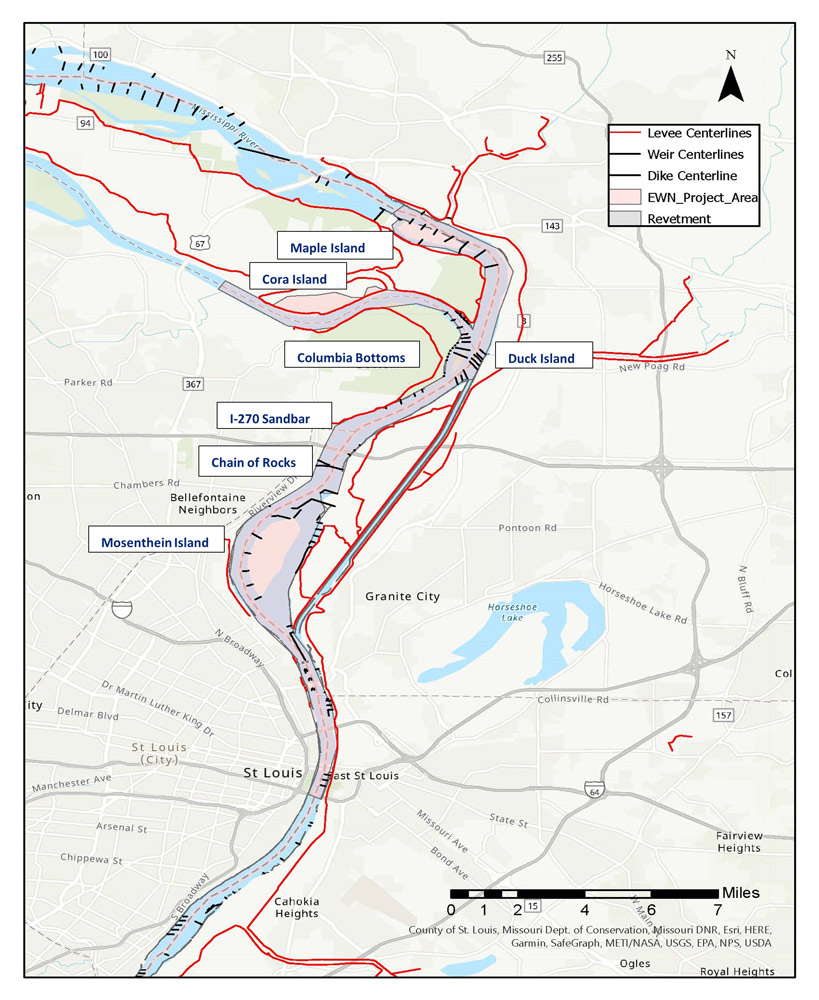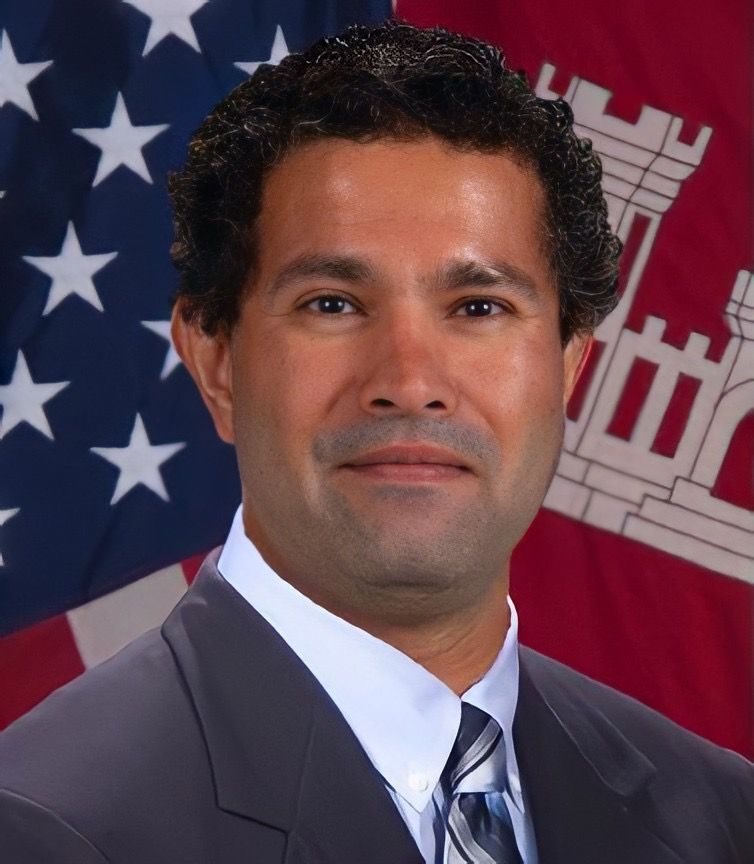The pallid sturgeon is a federally endangered big-river fish species. It is the position of the U.S. Fish and Wildlife (U.S. FWS) that over time, river training structures have adversely affected pallid sturgeon by impacting the quality and quantity of habitats to which the species is adapted (e.g., braided channels, irregular flow patterns, flood cycles, extensive microhabitat variety, and turbid waters). This loss of habitat has reduced pallid sturgeon reproduction, growth, and survival by (1) decreasing the availability of spawning habitat; (2) reducing larval and juvenile pallid sturgeon rearing habitat; (3) reducing the availability of seasonal refugia; and (4) reducing the availability of foraging habitat.
A loss or change in critical habitats for fish and other animals has occurred in most navigable rivers in the U.S. due to the construction of navigation structures and levee systems. Many USACE Districts are evaluating strategies to recreate lost habitats or to enhance existing habitats to reestablish important ecological functions. In some cases, implementation of these measures can be difficult due to the short-term nature of case studies and research to help determine their success.
A multi-dimensional sediment transport model of a river reach will be used to evaluate ways to construct or modify existing river training structures to increase larval fish retention, enhance habitat variety and connectivity, and create suitable habitats for pallid sturgeon and other river dependent species. The alternatives will include increasing flow into side channels, increasing habitat around dike fields, expanding and enhancing existing sandbars, and the enhancement of in-channel sand dunes, with and without levee set-backs. The successful alternatives from the model will be constructed in the Mosenthien Reach of the Middle Mississippi River (which is just downstream of the confluence with the Missouri River).




